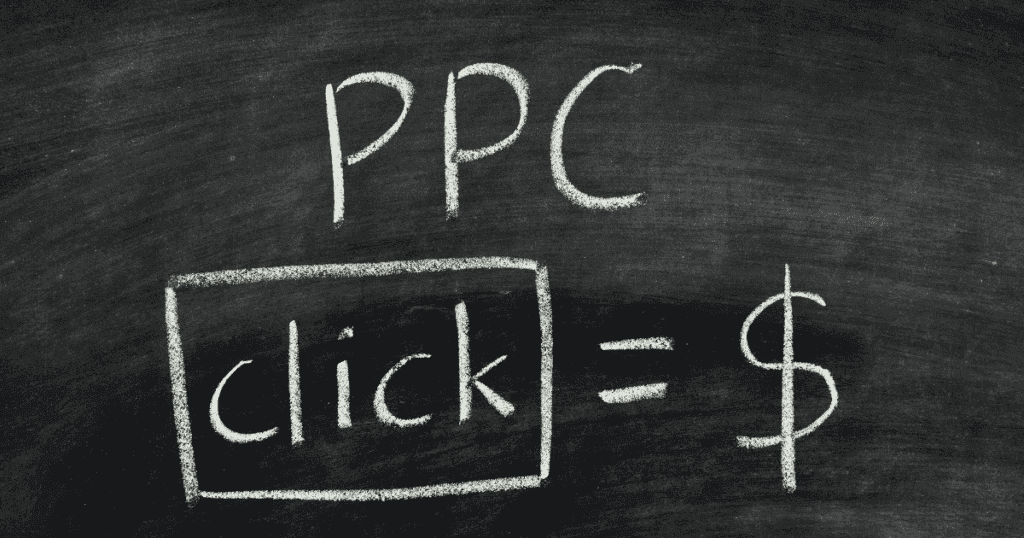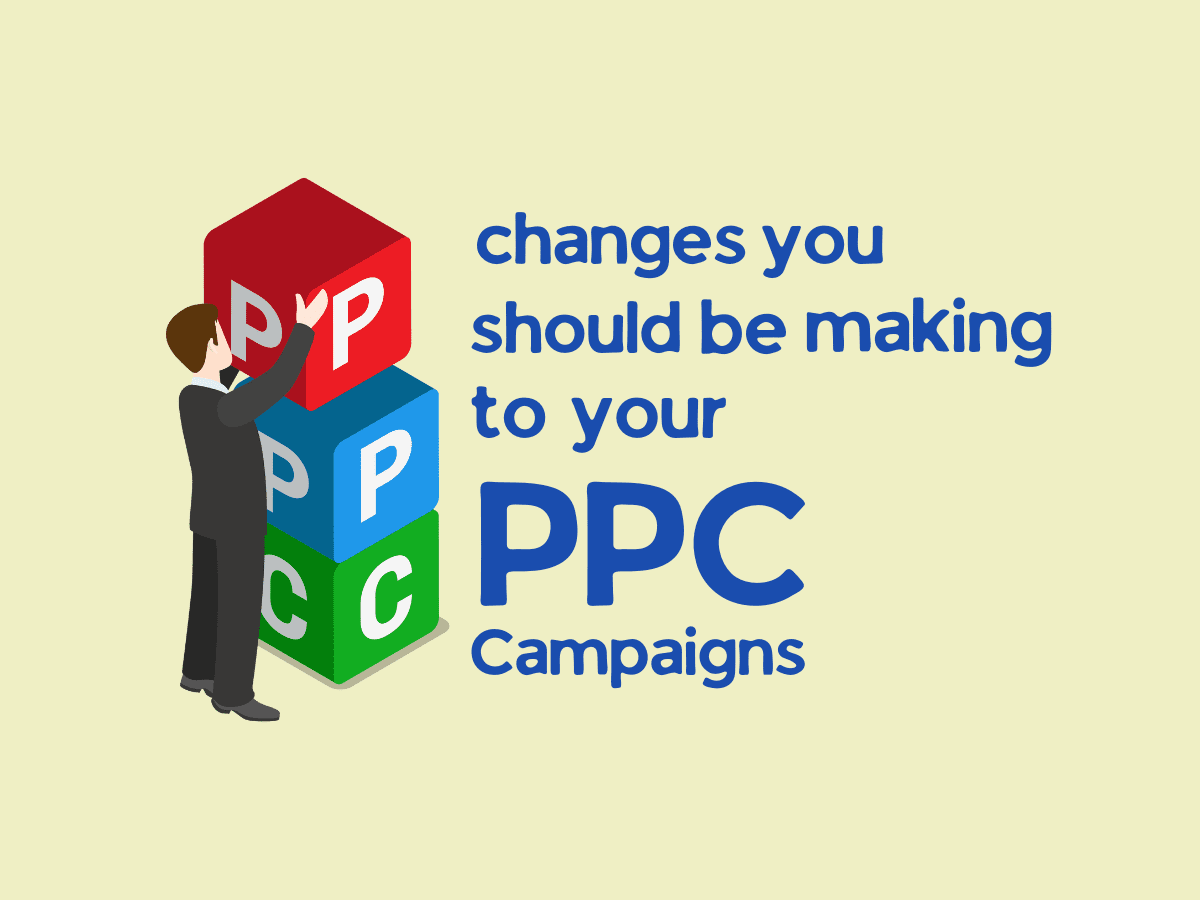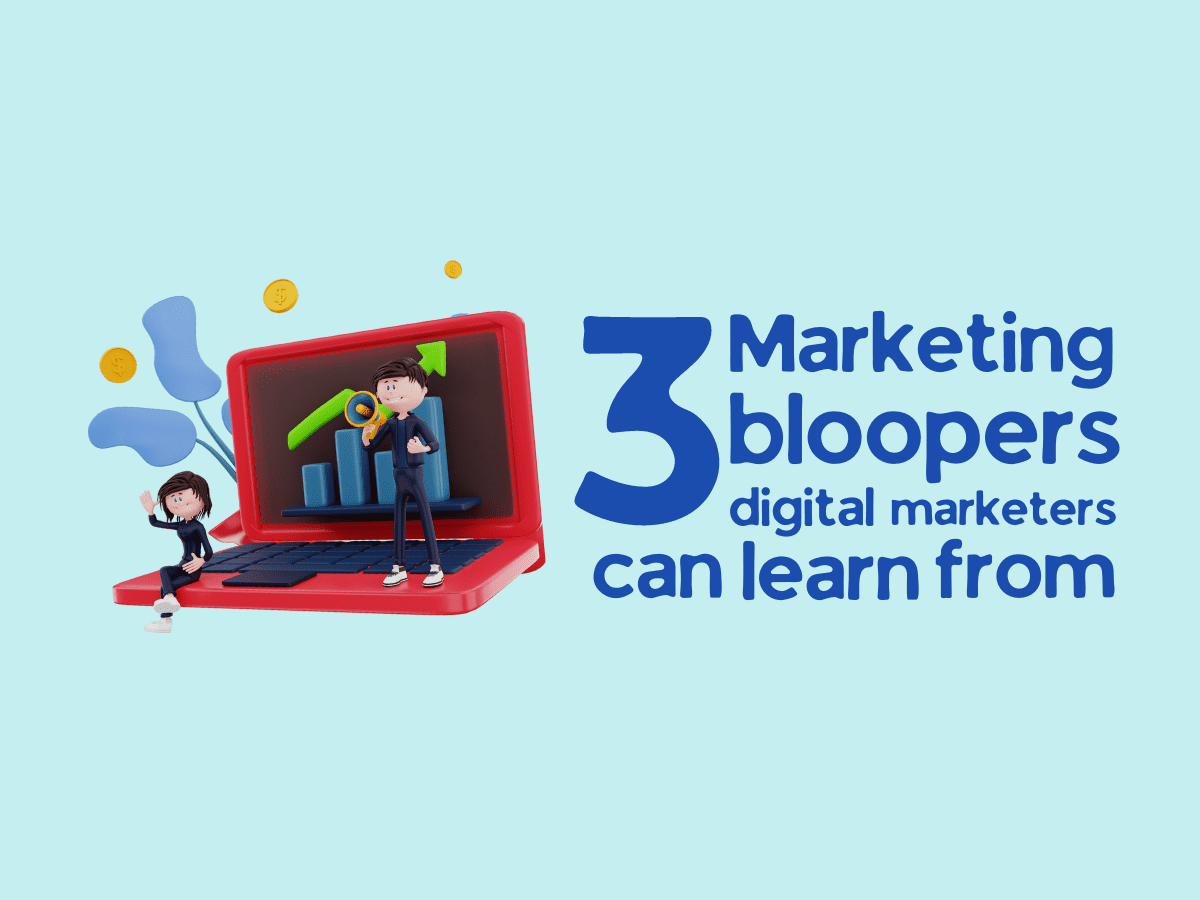Digital tools and channels have become the great equalizer for companies in all industries, making it increasingly difficult to achieve both brand visibility and competitive advantage. Paid advertising is undeniably necessary if you want to make sure you have every chance to compete with SERPs and convert customers.
PPC can generate positive results and revenue for any brand, regardless of their budget. It is a cost-effective and efficient bidding model that allows you to manage your budget completely and in detail. With well-executed ads and strategic targeting options, PPC advertising helps you target the right user at the right time and maximize your spend in the process. But according to Unbounce, 98% of advertisers waste money on ads.
It is not enough to recognize the benefits of PPC – you must be able to create and execute your campaigns effectively. It can often be difficult to master, so we decided to share with you small changes that can make a big difference in your PPC campaign.
1. Split test ad text
Running PPC campaigns is incredibly easy to manage and measure, but the initial setup is extensive, from creating audiences and keywords to setting budgets, choosing the right targeting options and finally creating the ads themselves . In this context, the ability to deploy and test multiple ad variations can seem a bit tedious. However, if you take the time to test your ads, you can gain invaluable information that will show you the best approach for your PPC campaign and help you maximize conversion rates.
The overall goal of any effective PPC campaign is to drive your audience to your landing page or social media profile and encourage them to take further action, whether it’s liking your brand’s Facebook page or buying a product. It’s easy to achieve with simple optimization, but it’s clear that only 22% of businesses are satisfied with their conversion rates.
If possible, you should create at least two variations of the ad. The following elements are divided in the test:
- Titles: is a short and concise title more effective than a longer detailed title?
- Descriptions: Should you focus on product features and benefits or use your personas more creatively to try to pique the user’s curiosity?
- Call to Action: Is “Lean More” Slightly More Persuasive Than “Buy Now”?
By analyzing the effectiveness of each ad (it is recommended to run it for at least a week to measure more accurate results), you will eventually arrive at a copy that works perfectly!
2. Use images
The effectiveness of text ads varies from campaign to campaign and depends on several factors, including targeting options and overall goals. Since the launch of Google AdWords expanded text ads last year, advertisers have been able to communicate with potential customers in more detail using additional characters. In fact, most of them increased their click-through rates by at least 28%.
However, an improved PPC campaign should include both text and image ads so that you can benefit from different types of content and campaign messages.
Image and video ads offer the perfect opportunity to present your brand in a visually impressive way. For example, on the Google Display Network, you can choose and upload an image and your brand logo. On social media, native ads like Sponsored Updates fit seamlessly into a user’s news feed—and the likelihood of getting clicks increases exponentially when you include an image or video. It’s also a much more effective way to get your campaign message to mind – once people hear the information, they’re likely to remember only 10% of the information after three days. However, when the corresponding image is associated with the same information, people retained 65% of the information after three days.
Images is an exemplary way to increase engagement and expand your brand’s reach. For example, beer brand Heineken Light created a Facebook video advertising campaign that reached 5% of the target audience (which was 35 million people) and increased brand awareness by 11% in just three days.
Beer brand Heineken Light created a Facebook video advertising campaign that reached 5% of the target audience (which was 35 million people) and increased brand awareness by 11% in just three days.

3. Organize Your Account Structure
Just like creating multiple ad variations, setting up your AdWords or Facebook account can seem unnecessarily time-consuming, especially if you’re not starting from scratch. But if you want to ensure the best possible conversation for your campaigns, this simple setup is essential.
You should have multiple campaigns in your account to effectively track ad performance. A campaign, on the other hand, contains several different ad groups. Campaigns can be determined based on several factors, such as your overall budget or the geographic locations where you want to show your ads. For example, you might be an online fashion retailer whose largest customer segments are in the UK and Ireland, and you might want to create two separate campaigns for those UK and Ireland customers.
There are several ad groups in the campaign. It’s important to keep these ad groups small and fluid. You may want to organize your ad groups so that you have one per product page or category, for example. The smaller your ad group, the more specific your keywords and the more relevant your ad will be by default.
Similarly, organizing keywords into ad groups for greater relevance is equally important if you want to achieve higher click-through rates and more results.
Use Negative Keywords
Another often overlooked but very important aspect of any PPC campaign is negative keywords. You can spend a lot of time researching keywords and trying to find the perfect balance between part, phrase and specific search, but what about the search terms you don’t want associated with your ads and wasting your budget? Adding negative keywords is an important step because they maintain high relevance for your campaign.
A good starting point is to think of phrases and keywords that you don’t want your ads to trigger and add them to your negative keyword. You can then take a more specific approach, such as adding keywords that may be similar to your chosen keywords, but are actually related to another product or service.
By regularly reviewing your search term reports in Google AdWords, you can see how your ads are performing when driving real searches. Find out what terms unrelated to your brand have been used and you can quickly add them to your negative keyword.












